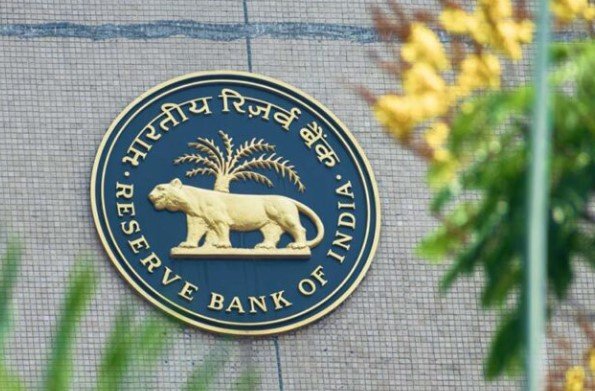New Delhi, 03/01/2025: India’s banking sector has witnessed a remarkable turnaround in its financial health, with non-performing assets (NPAs) declining sharply to ₹4.8 lakh crore by March 2024. This is a significant improvement compared to ₹9.4 lakh crore in 2019, reflecting a consistent and steady reduction in stressed loans over the past five years. The trend signals stronger balance sheets, better lending practices, and improved recovery mechanisms in the banking industry.
According to the Reserve Bank of India’s (RBI) report for 2023-24, the gross NPA ratio of all commercial banks dropped to 2.7% by March 2024, down from a concerning 9.1% in 2019. The central bank’s early estimates also suggest that the ratio declined further to 2.5% by September 2024, marking the lowest level in more than a decade. Public sector banks, which had carried the bulk of India’s bad loans, have shown particularly strong progress. Their gross NPAs fell from ₹7.4 lakh crore in 2018-19, which was 11.6% of advances, to just ₹3.4 lakh crore or 3.5% by the end of March 2024.
Industry experts attribute this decline to two main factors: the write-off of old loans and a fall in the addition of new NPAs. Loan write-offs continue to be the single largest contributor to the reduction. Banks typically write off loans after making provisions, allowing them to clean up their balance sheets while still pursuing recovery through legal and other channels. In 2021-22, loan write-offs made up 48% of the total NPA reduction for all commercial banks. By 2023-24, this figure rose to 57%. For public sector banks, the reliance on write-offs was even higher, accounting for 65% of their NPA reduction in the same year.
The other positive factor has been the decline in fresh slippages, or new loans turning bad. At the height of the pandemic in 2020-21, Indian banks added ₹4.01 lakh crore in new NPAs. Since then, the figure has dropped steadily, reaching ₹2.13 lakh crore in 2023-24. The slippage ratio has also improved significantly—from 4% in 2018-19 to just 1.5% in 2023-24—indicating better loan quality and stricter credit assessments.
Interestingly, public sector banks have outperformed private lenders on this front. RBI data shows that for the past three years, private sector banks have recorded a higher slippage ratio, meaning they are adding more fresh NPAs compared to public banks, reversing the earlier trend.
The steady fall in NPAs is being seen as a positive development for India’s financial system. With stronger balance sheets and reduced stress, banks are now in a better position to extend credit and support economic growth. The decline also reflects improved governance in lending, stricter regulatory oversight, and effective resolution under mechanisms like the Insolvency and Bankruptcy Code (IBC).
Overall, India’s banking sector is entering 2025 in its strongest shape in over a decade. With bad loans under control, lenders are better equipped to finance investments, fuel business expansion, and play a key role in sustaining India’s growth story.


